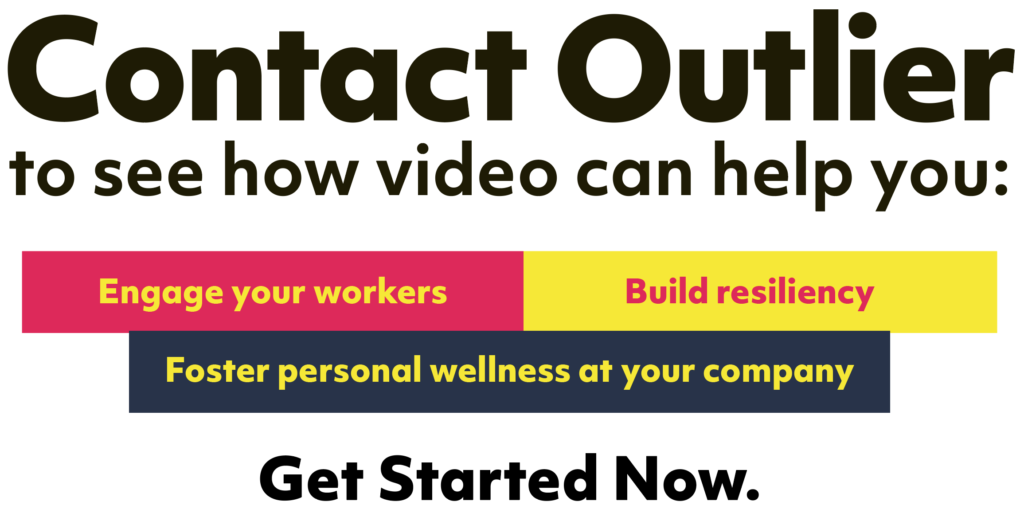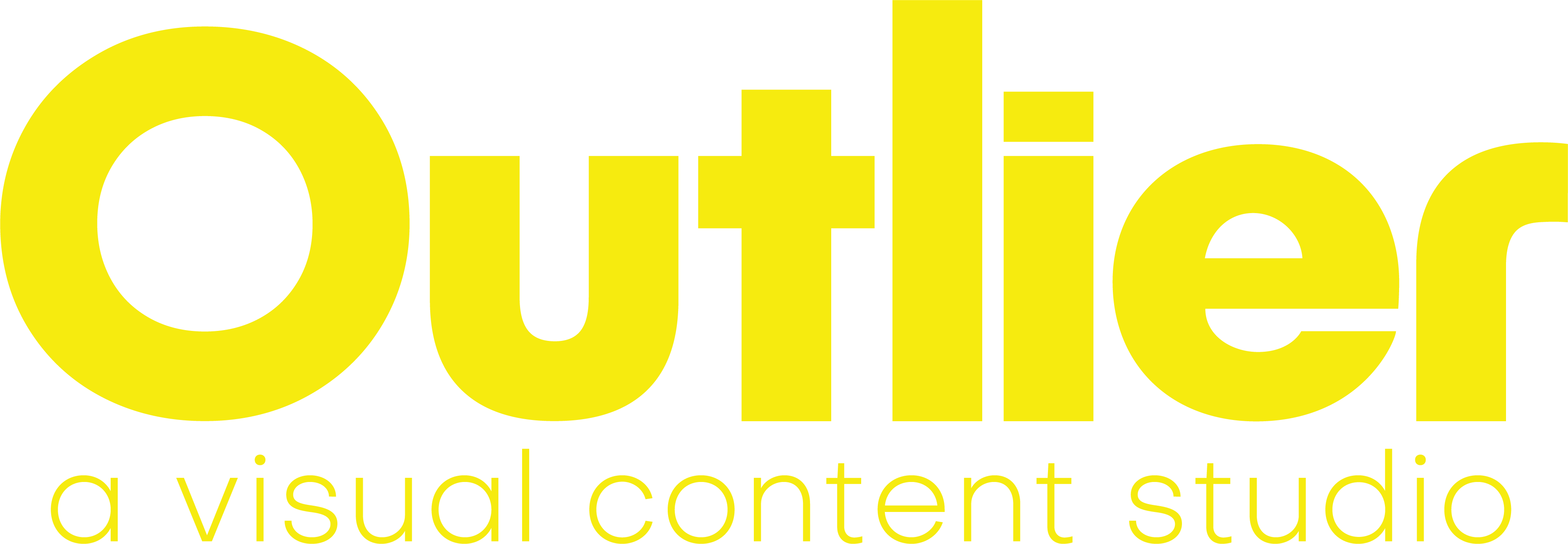How COVID-19 Has Changed
WORKPLACE WELLNESS
How Video is Helping Businesses Respond to the Challenges of Remote Work
SUMMARY
In this paper, we’ll explore how the COVID-19 crisis has affected workers’ health and changed the ways businesses manage corporate wellness programs.
We have found resiliency to be a major factor in workplace wellness and productivity, and will explain how video can be used as an effective tool to engage distanced workers and help them improve their health and mental resiliency.
INTRODUCTION
COVID-19 has changed everything about the way we work, so it is not too surprising that it has also affected the way we think about workplace wellness.
Today, businesses must find new ways to foster wellness and address new threats to employees’ mental, emotional, and physical health.
How COVID-19 Has Changed Workplace Wellness
How Video is Helping Businesses Respond to the Challenges of Remote Work
A Little About Corporate Wellness Programs
Employee wellness has been a topic of discussion for decades. Today, it is widely understood that healthy employees are more productive employees.
According to the CDC:
*Information above comes from cdc.gov.
Companies started including gyms and other fitness centers inside their facilities years ago. Over time, corporate wellness evolved into a more holistic approach that includes mental, emotional, and physical health. Today, wellness programs often include health coaching, physical fitness, stress management, and preventive care.

A report sponsored by the U.S. Department of Labor and the U.S. Department of Health and Human Services and produced by The RAND Corporation found that about half of companies in the US with over fifty employees offer some sort of corporate wellness program. As the size of the companies grow, that number increases. Well over 80% of companies with 1,000 or more employees reported they have a wellness program.
*Information above comes from rand.org
As early as the 1950s, employers began to recognize the importance of supporting workers’ health. The Employee Assistance Program (EAP) was one of the first programs created, focusing primarily on treating alcoholism and mental health.
In 1970, the Occupational Safety and Health Administration (OSHA) was established. OSHA measures focused on avoiding workplace accidents and illnesses. As a result, early workplace wellness programs focused on improving health on the job as a way to make workers safer and more productive.
The 1980s saw a surge in corporate wellness programs, though these often centered solely on physical fitness, seizing on national fitness trends like jogging and aerobic exercise – thanks, Jane Fonda!
Since the early 2000s, corporate wellness has come into its own as more corporations realized “a comprehensive, strategically designed investment in employees’ social, mental, and physical health pays off,” turning what was once a “nice extra” into a “strategic imperative”.
*Information above comes from hbr.org
How COVID-19 Has Changed the Way We Think About Workplace Wellness
In the wake of the COVID-19 global pandemic, two things have become abundantly clear. The wellness of our employees must be a top priority, and we must address the health challenges COVID-19 has created head-on.
Our employees have had to adjust to the seismic shift to working from home, fears over the health of our families, and worries about economic, political, and social turmoil. And these have all taken their toll.
The increase in mental and emotional stress is exacerbated by the physical strain of working from home as many “WFH” employees spend their days at non-ergonomic kitchen tables and couches. Add to that the added responsibility of caregiving and educating our children and let’s face it – our employees have been through a lot! Employee wellness programs may have taken a back seat, but it’s time to move them to the top if we are to maintain a healthy, productive workforce.
But what should the post-COVID-19 wellness program look like? What steps can we take to retain or improve engagement with employees battling distance, asynchronous schedules, and a total disappearance of work/life balance?
Fostering Resiliency
Resiliency is getting a lot of attention right now in the corporate world. Recent stressors present a very real threat. Employees who are overwhelmed both mentally and emotionally are at risk of massive burnout. Recognizing this risk, the CDC issued guidance for employees on how to recognize the symptoms of burnout and to combat its effects to build resiliency. This resiliency will be needed to endure the challenges of today, as well as prepare for whatever challenges may lie ahead for our workers.
*Information above comes from cdc.gov
As we move forward, employers must do what they can to assist their employees and help them build resilience.
How Video is Helping Businesses Respond to Work From Home Challenges
The response from businesses is still developing. A recent survey from consultancy group Willis Towers Watson shows two thirds of businesses surveyed reported that they are enhancing their wellness programs and have identified enhanced mental well-being and increased benefits communication as key priorities for the next six months.
*Information above comes from cdc.gov
As we inch forward, virtual solutions will be a primary avenue to provide the necessary access and engagement needed to support workers. Mental health and wellbeing apps have already seen an immediate response. Video will soon follow, as video production teams are allowed to shoot on-site once again.
Video in particular is a powerful tool to provide the social connection so sorely lacking during social distancing. Virtual wellness programs are a must, but the benefits of using video with your teams reach beyond the wellness program. Video supports social well-being and mental health by maintaining connections with coworkers, encouraging camaraderie, and providing a sense of structure to employees’ days.
Many businesses are starting to think more seriously about video as an important avenue for company culture, keeping people connected and reinforcing important messages of togetherness and working toward common goals, something that may feel lacking among distributed teams.
Video also has the power to engage and offer a much-needed outlet for workers whose normal exercise routines have been disrupted. It can help people whose at-home commitments make it difficult to join meetings or classes at set times, allowing them to work on their wellness on their own time schedule. Expect to see a large increase in live streamed video for fitness, health education, and group events, as well as recorded webinars, tutorials, and internal communications videos that provide flexibility and connection.
Video can also make it easy to address some of the physical challenges associated with working from home. It’s easy to imagine a virtual program that includes a daily or weekly email with branded video tutorials that provide tips to help workers reduce physical and mental strain from their home office.
If you are interested in finding new ways to reach and engage your workers to help them build resiliency and continue on their personal wellness journey, talk to the experts at Outlier. We have helped many businesses connect with their teams and support the health of their workers to create a more productive company.
White Papers Home | Next White Paper



